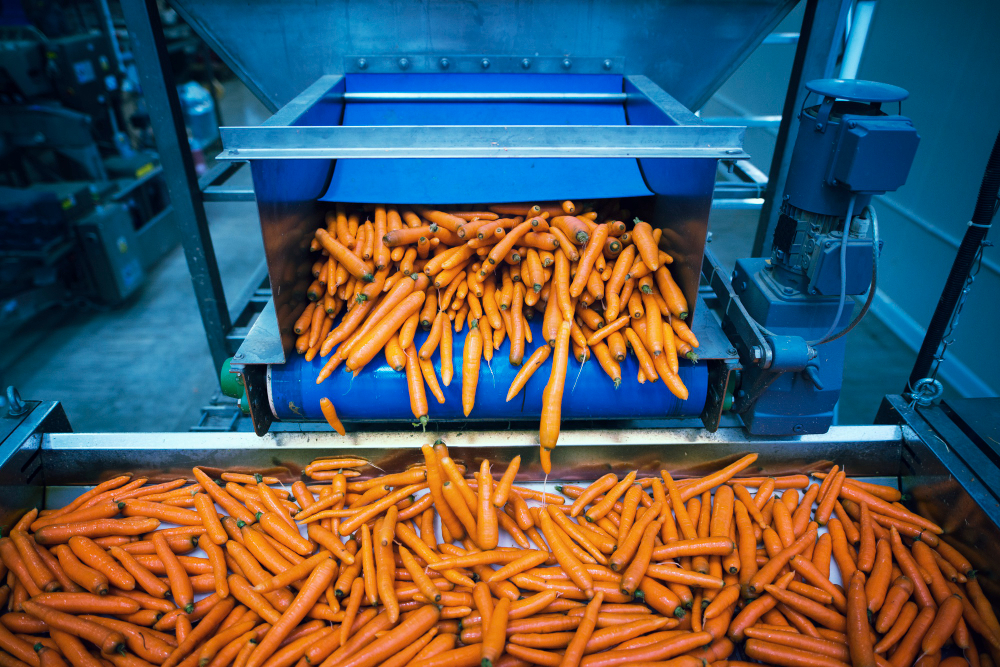Introduction
Caustic soda is essential in the production of soap, an ancient trade that has experienced numerous modifications throughout history. Caustic soda, also known as sodium hydroxide, is a highly alkaline material that facilitates the chemical process of saponification, which converts oils or fats into soap. This article looks at the benefits, drawbacks, and outcomes of several techniques of integrating caustic soda into soap manufacturing. Understanding these various processes allows soap makers to make informed judgments about optimizing their soap compositions and producing high-quality goods.

Method 1: Cold Process
The cold process, in which caustic soda is added to oils and fats with the purpose of stimulating saponification, forms an important part of soap production. This method has a number of benefits that are useful for skin hydration, like the preservation of complex fragrance oils and the maintenance of pure glycerine. By contrast, the cold process requires more time for the soap to be cured and may prove harder on newcomers because of the requirement that they must work with the delicate handling of acetic soda
Method 2: Hot Process
Another extensively used technique is the hot process method, which uses heat to accelerate the saponification process. Caustic soda and oils or fats are mixed and heated together in this method, resulting in a speedier soap-making process. The hot process method has the advantage of having a quicker curing time, which allows the soap to be ready for use sooner. Furthermore, the heat used throughout the process can eliminate any potential lye pockets, resulting in a more equal dispersion of caustic soda in the soap. However, heat can alter the scent of fragrance oils, and the finished product may be less smooth or polished than cold process soaps.
Method 3: Melt and Pour
Melt and pour is a simple method to melt the prepared soap base and add perfume, color, etc. before mixing it with mixed ingredients in these molds. Although caustic soda is not directly applied to this method, it should be pointed out that the soap base used in melt and pour formulations has already been saponified with caustic soda during the manufacturing process. It’s more convenient for caustic soda to be handled by this method because it doesn’t require any physical handling. However, it might inhibit the creativity of soap producers who prefer to start from scratch and produce their formulations themselves.

Method 4: Oven Process
The oven process method is a lesser-known technique that incorporates elements of both the cold and hot process methods. In this procedure, caustic soda and oils or fats are combined and baked at a low temperature for a set amount of time. Heat speeds up the saponification process, comparable to the hot process method, while still allowing the soap to cure over time, as the cold process method does. The oven process method is a compromise between the two classic procedures and might be a feasible choice for soap manufacturers looking for speedier results without sacrificing curing time.
Method 5: Crockpot Process
Another form of the hot process technique is the crockpot process method, commonly known as the slow cooker method. Caustic soda and oils or fats are combined in this approach and heated in a crockpot or slow cooker. The appliance’s mild and constant heat aids in saponification. The crockpot method is convenient and simple to use, especially for individuals who prefer a hands-off approach to the soap-making process. However, it is critical to carefully watch the temperature to avoid overheating or scorching the soap combination, which can have an impact on the final quality.
Conclusion
Caustic soda incorporation in soap manufacture necessitates a careful evaluation of the desired outcome, personal preferences, and level of skill. The cold procedure, hot process, melt and pour, oven process, and crockpot process each have advantages and disadvantages. While the cold procedure preserves delicate smells, the heat process provides faster curing times. The melt-and-pour approach is convenient, whereas the oven method balances cold and hot methods. Finally, the crockpot method provides a hands-off way. Soap makers can create great soaps with the transformational power of caustic soda by knowing and experimenting with these varied approaches.




